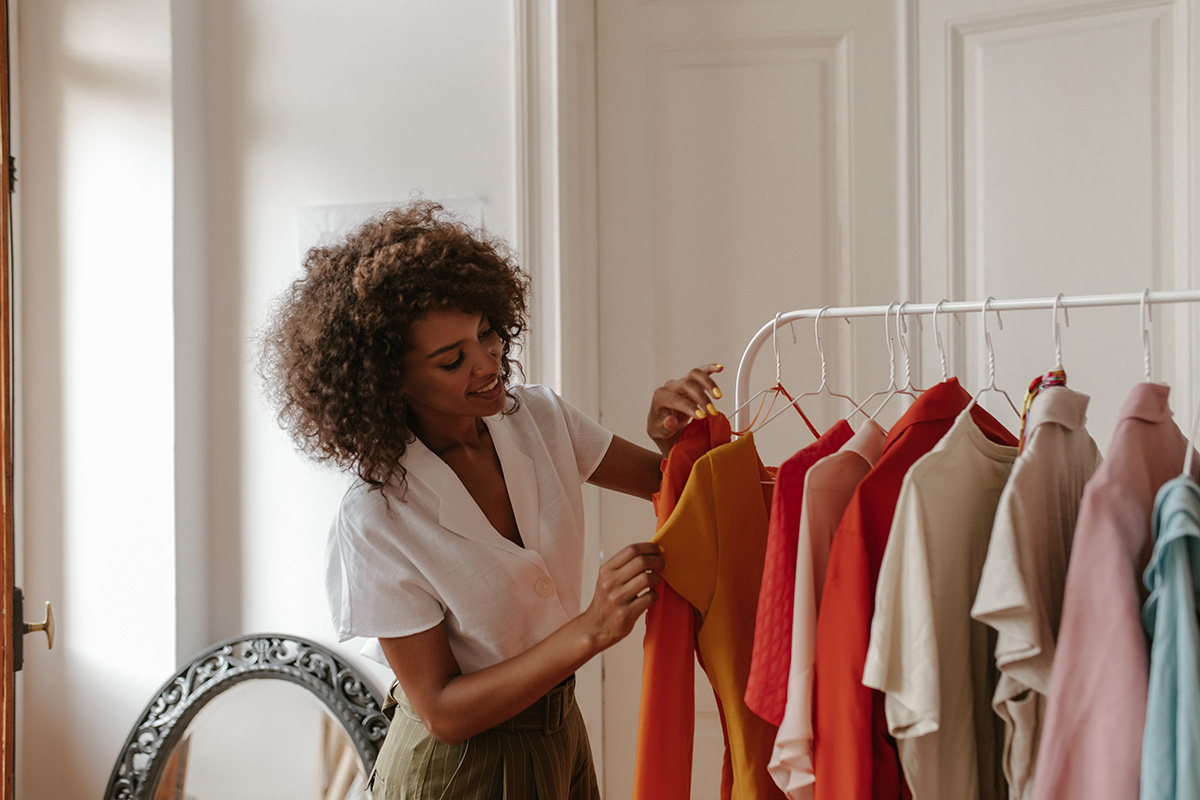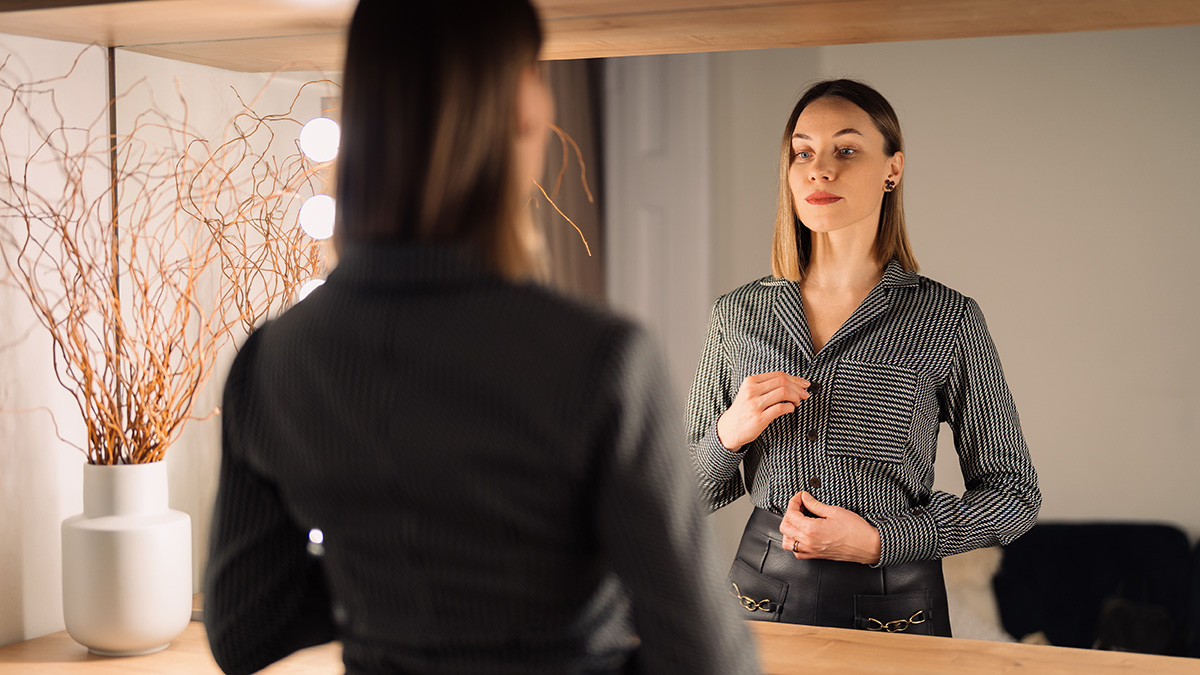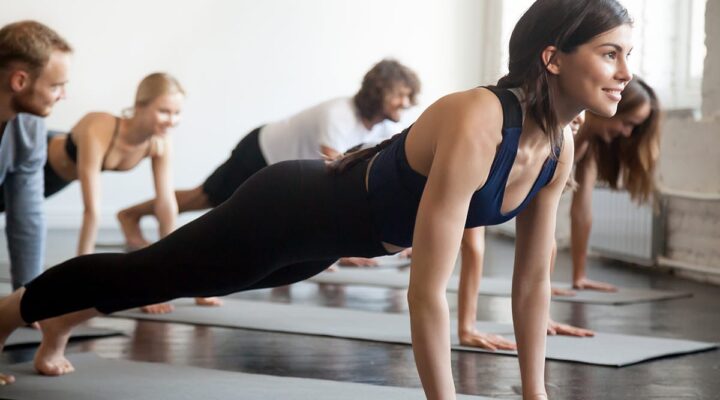A Fashion Psychologist on How to Shop More Sustainably and Authentically

Shakaila Forbes-Bell has spent years studying how our wardrobe acts as an extension of our identity. Liz Connor speaks to her about how we can harness the principles of fashion psychology to upgrade our look.
Ever feel like online shopping parcels are constantly arriving on your doorstep, all of your hangers are taken and your drawers are packed tightly with clothes, yet you still have nothing to wear?
According to fashion psychologist Shakaila Forbes-Bell, this familiar scenario isn’t just indicative of our unhealthy relationship with our clothes but also points to a deeper confusion about our sense of self. “Clothes have the power to help you embody your true self – your essential being,” believes Forbes-Bell, who has just authored a book on the topic called Big Dress Energy (Piatkus Hardback £16.99)
In a climate where the fashion industry is one of the leading culprits of greenhouse gas emissions, she believes we can curb our compulsive spending by using tools from fashion psychology to develop a more rounded version of our identity. In turn, this can help us to shop more confidently, mindfully and sustainably.
What your clothes say about you
Clothes do a lot more than we think. Research has shown that they can have a profound effect on our mood, how others perceive us and the way we see ourselves.
“Psychologists have been exploring the concept [of fashion and identity] for many years, but a 2000 study by Alison Guy and Maura Banim provides arguably the best explanation,” says Forbes-Bell.
For the study, the researchers asked a group of participants to engage in a range of tasks including keeping a clothing diary, completing a wardrobe interview and providing a detailed response to the question: ‘What do clothes mean to me?’
“After gathering all that data, the psychologists concluded that we have a dynamic relationship with clothing that impacts the different ways we view ourselves according to the following three categories: the person you hope to be, the person you fear to be and the person you are most of the time,” reveals Forbes-Bell.
The theory is that wearing our favourite clothes can be a powerful bridge between the person we are now and the ultimate versions of ourselves, helping ourselves and others around us to see us in the ways we’d like – whether that’s in a certain job role, or as part of a niche style tribe. This is why we should make regular use of clothes that make us feel great, rather than always ‘leaving them for best’.
When we dress like the person we fear to be, though, our wardrobes become a physical manifestation of our negative moods, whether that’s those hastily bought, trend-led outfits we ordered in a panic, or the practical ‘school run’ clothing that doesn’t reflect our personality.
Shopping more mindfully
So how can you authentically upgrade your look? “I talk about the ‘4-3-2-1 rule’,” says Forbes-Bell. “Mindfulness is all about being present in the moment, which is important when we’re shopping. We can have a sensory overload from sales marketing, as well as a dopamine hit that cripples the areas in the brain that help us to weigh up the pros and cons of a decision. This is why we end up buying items that we don’t really like.”
She believes the 4-3-2-1 rule is a simple but effective tool for shoppers. It counts down from four to one. “Next time you’re considering an item, think of yourself in four years’ time. Do you see yourself wearing it? If not, leave it.”
Three stands for three occasions. “A lot of the time people get ‘rewear ick’ because they can’t imagine themselves wearing something that they’ve bought in a different way. We’re hardwired to be attracted to novelty, but if you can’t imagine wearing the piece three times, put it back.”
Then it’s time to take two deep breaths. “When we’re shopping, we get a rush of adrenaline and dopamine. So take two deep breaths to calm your nervous system down, before engaging in all the introspection to check if you really like the item.”
Finally, sleep on it for one night. “Come back to it to confirm you really like it. Studies reveal that the key to making a good decision is just simply to engage in introspection. When we’re on autopilot, we often don’t give ourselves a chance to do that.”
Keeping up with trends
The good news is that you can be both mindful and interested in fashion. “To help work out your personal style, I’d recommend putting your wardrobe into piles of a discontinued identity, transitional identity and continued identity,” says Forbes-Bell.
“My discontinued identity was Shakeila the raver; I had a ton of the shortest dresses that you could ever see me wearing now, at 29.” Once you’ve worked out your basic style formula, tap into the clothes you love and invest in pieces you’ll cherish. “When I was at fashion school [Forbes-Bell studied an MA in Psychology at London College of Fashion], I felt like I had to wear black like everyone else. I realised that’s just not me. Only when I really engaged in introspection, I realised that I liked print and colour.”
There are ways to tap into fashion trends without having to spend lots of money or buy new either. “It can be difficult when you want to wear something that’s a bit different and a bit edgy on social media. I think clothing rental apps like By Rotation, that let you rent occasionwear, are the perfect solution for that.”
Check out second hand marketplaces like Vinted and Depop too. “Because fashion is so cyclical, I’m yet to see a ‘new’ trend. You can pick up most trends second-hand these days – the resurgence of the 00s Dior Saddle Bag [a popular ‘it’ bag in the early 2000s] is a classic example of this.”
She continues: “It’s about holding on to the pieces that you really value and letting your wardrobe be as complex as you are. I don’t like the idea of a signature style. I feel like we all have different elements of our personality that we want to bring out. So your clothes should reflect that too.”
Big Dress Energy by Shakaila Forbes-Bell is out 15th September, Piatkus Hardback.




















